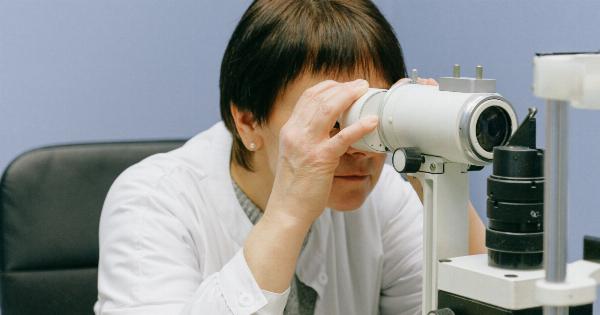Female ejaculation has been a topic of fascination and debate for centuries.
It is a phenomenon that is often steeped in myth and misinformation, but recent scientific studies have shed light on the subject and provided insight into this complex and mysterious aspect of female sexuality.
What is Female Ejaculation?
Female ejaculation, also known as squirting, is the release of a fluid from the Skene’s glands, which are located near the urethra. This fluid is not urine, but rather a clear, odorless liquid that may contain traces of glucose and fructose.
The amount of fluid released during female ejaculation can vary greatly, from a few drops to several ounces. Some women may experience ejaculation during orgasm, while others may experience it at other times during sexual activity.
What Does Science Say About Female Ejaculation?
Despite the common belief that female ejaculation is a rare or even non-existent occurrence, scientific studies have provided evidence to the contrary.
One study published in the Journal of Sexual Medicine found that nearly 70% of women surveyed reported experiencing female ejaculation at least once in their lifetime.
Another study published in the same journal found that the fluid released during female ejaculation is chemically similar to prostate-specific antigen (PSA), which is produced by the male prostate gland.
This has led some researchers to suggest that the Skene’s glands may be homologous to the male prostate gland.
However, there is still much to learn about female ejaculation and its role in female sexual function. Further research is needed to fully understand the physiological and psychological factors that contribute to this phenomenon.
Is Female Ejaculation Related to Female Orgasm?
There is some debate among researchers about whether female ejaculation is directly related to female orgasm. Some studies have found a strong correlation between the two, while others have found no connection.
One study published in the Journal of Sexual Medicine found that women who reported experiencing female ejaculation also reported more frequent and intense orgasms.
However, other factors such as the woman’s sexual history and relationship dynamics may also play a role in this correlation.
The Controversy Surrounding Female Ejaculation
Despite the growing body of scientific evidence supporting the existence of female ejaculation, it is still viewed by some as a taboo or even shameful topic.
This can lead to feelings of embarrassment or shame for women who experience it, as well as a lack of understanding and education among the general public.
In some cultures, female ejaculation is even considered illegal or a form of deviance. This has led to a lack of resources and support for women who experience it and has perpetuated harmful myths and stigmas surrounding female sexuality.
Conclusion
The scientific study of female ejaculation has come a long way in recent years, but there is still much to learn about this complex and mysterious aspect of female sexuality.
By continuing to research and educate ourselves about female ejaculation, we can help to dismantle harmful myths and stigmas and empower women to embrace and explore their sexuality.































